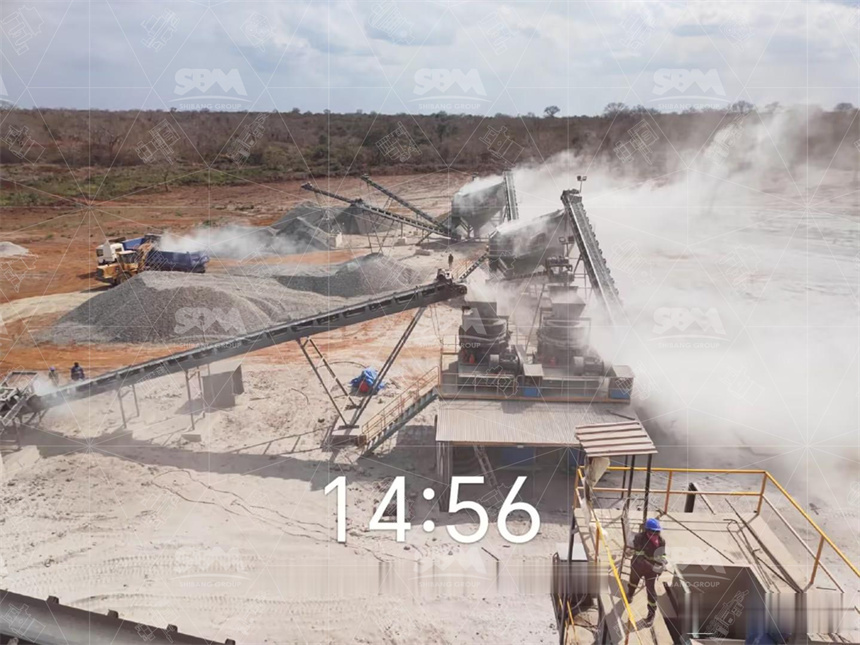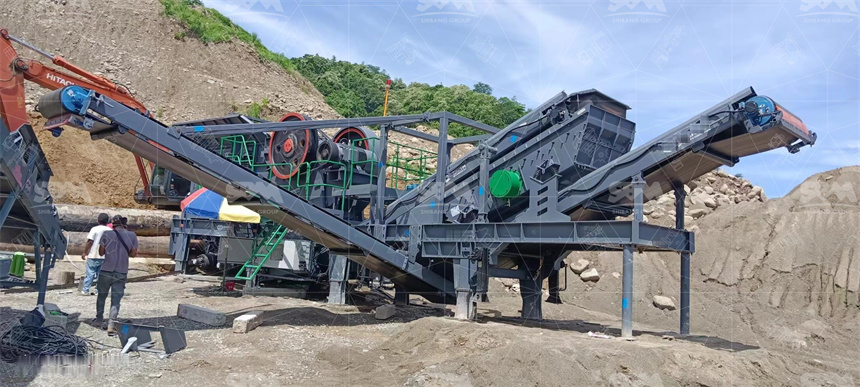When considering rock crushers,, the essential parameter for decision-makers is throughput capacity; usually measured in tons per hr. The accurate estimation always depend on raw material hardness; feed dimension, discharge requirement and chosen equipment type. From decades of foreign trade practices, combined with project-level statistics and user feedbacks—we show verified performance data of modern rock crushing machines.

A rock-crusher function by mechanical force through compression, or impact. Jaw crushers are working on pendulum idea where a moving jaw compress rock against fixed-jaw. Cone crushers base on eccentric-shaft rotation to apply compressive action in gradually narrow chamber. Impact crushers are different,, they using high-speed kinetic strike for selective breakage. These principle decide reduction-ratio, particle form, also energy requirement. Industry references show ratio for jaw is 4–6:1; cone units reach 6–8:1. Impact machines sometimes exceed 10:1 for softer aggregates.
Main structure include feed inlet dimension, crushing cavity geometry, CSS(closed-side-setting), OSS(open-side-setting); eccentric speed, and matched motor power. For example a PE-750×1060 jaw crusher feeding opening 750×1060 mm; discharge range 80–140 mm, powered via 110kW motor. Cone crushers like PSG-1300: crushing cone 1295 mm; CSS range 13–31 mm, motor power maximum 220kW. Correct drive select is critical, undersized motor creating overload, oversizing rise extra cost-energy.
Output capacity differ widely across crusher-models, also depend material conditions. Reference below show practical data:
| Machine | Max Feed (mm) | Output (t/h) |
|---|---|---|
| PE-600×900 Jaw | 500 | 65-160 |
| PE-900×1200 Jaw | 750 | 220-380 |
| PSG-1300 Cone | 150 | 115-440 |
| PF-1315 Impact | 500 | 160-350 |
These numbers are derived from long-term quarry testings under common feed conditions; variation happen with more moisture, clay percent, or irregular-shape rocks.

Jaw units usually consume 0.5–0.6 kWh per ton, cone average 0.4–0.5 kWh per t if choke-fed, impact ones higher; near 0.8 kWh per ton. Maintenance-cycle also differs: jaw liners lasting 3–6 month in hard rock, cone liners 6–12 month depending chamber-choice. Impact hammer needing check 2–4 weeks. These cycle confirm real reliability data from granite and limestone plants working >4000 hr per year.
One Southeast-Asia granite quarry, feed-size 500mm, used PE-900×1200 jaw + PSG-1300 cone, output consistently 350 t/h at 20mm discharge. Power consumption 0.52 kWh per ton, liner change each 5 months. In Middle-East limestone line, PF-1315 impacts deliver 300 t/h cubic-shape; but hammer wear needed monthly inspection. These facts showing realistic expectation for investors not marketing exaggeration.
Rock crushers processing wide range: limestone, granite, basalt, quartzite, iron-ore, copper-ore, coal gangue, recycled concretes. Hard ores need cone or jaw; brittle or medium-hard fit impact solutions. Proper choose machine vs hardness (Mohs scale) guarantee stability and lower wear-cost.
Buyers must base decision on feed-size; desired capacity target; final particle dimension and cost per ton. General decision tree:
Following structured method avoid mismatched line setups. With certifications like ISO, CE, GOST these crushers meet global-regulation requests and securing investor confidence.
Understanding how many tons per hr rock-crusher deliver requires detailed check of equipment parameters, raw material condition, and line arrangement. Typical range is 65 t/h for small PE jaw to >600 t/h for large cone + impact set-up. Based on many export-projects and confirm data, right model selection produce stable output, efficient energy usage, and reliable maintenance intervals. For real buyers, correct configuration never guesswork—it is engineering judgement supported by evidence.